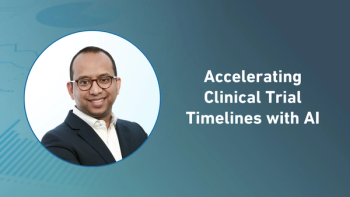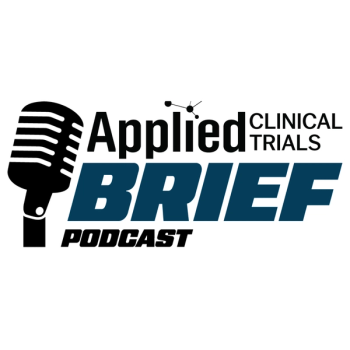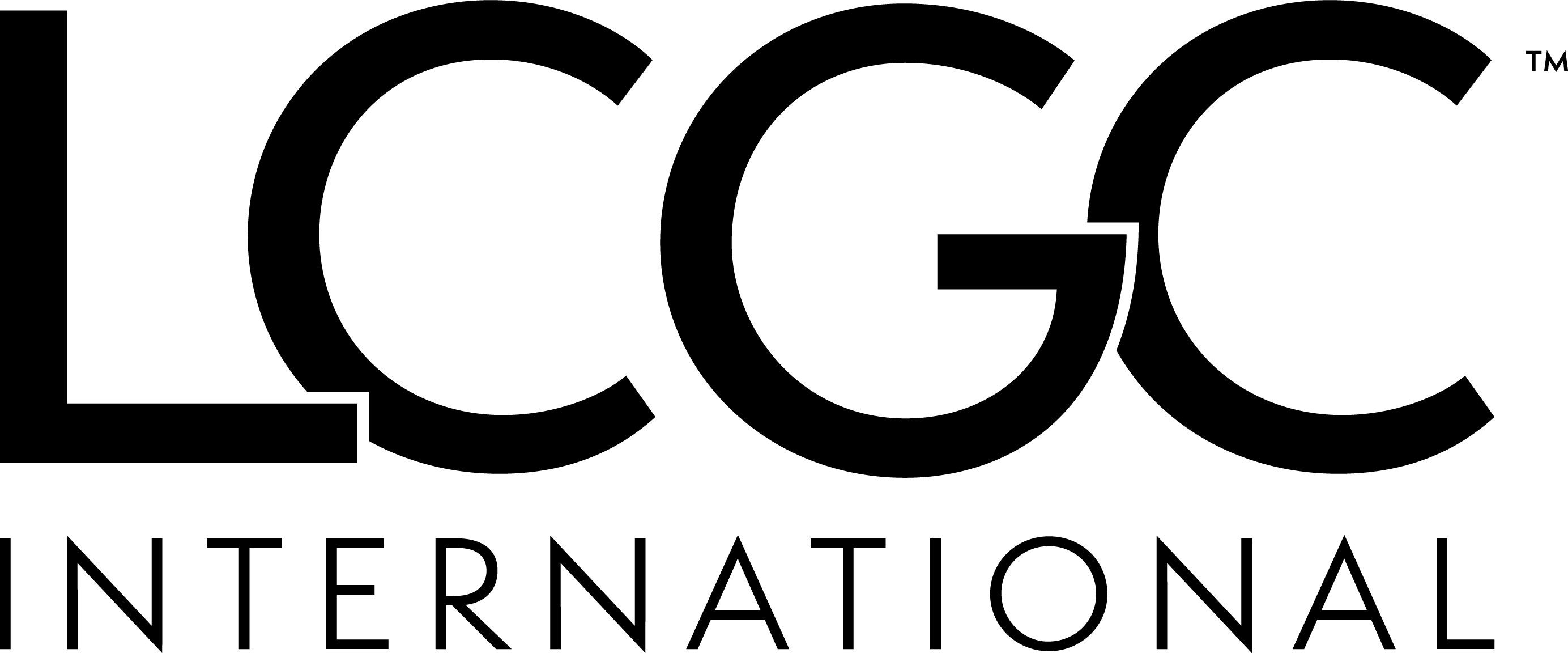
- Applied Clinical Trials-10-01-2013
- Volume 22
- Issue 10
Relationships Between Advocacy Groups and Pharma
Industry Standard Research
In a new report titled "Advocacy Groups: Enhancing Relationships and Patient Recruitment," Industry Standard Research interviewed 10 prominent patient advocacy groups to profile their involvement in clinical trials. All advocacy groups recognize clinical trials as a critical component of advancing knowledge. However, the degree of focus on educating patients about clinical trials and promoting participation in trials varies widely among organizations.
The organizations with a higher focus on clinical trials are the most involved in the clinical trial design process, frequently emphasizing the importance of patient relationships with industry, educating patients about trials, and partnering with pharma on trial-related endeavors.
Figure 1. Spectrum of clinical trial focus among advocacy groups.
Groups with a lower focus on clinical trials are not involved with the design of industry trials and do not have established processes to reach out to patients regarding trial education (general or related to specific trials). This is not to say that organizations not at the "high" end of the spectrum do not care about clinical trials. They do. They just have barriers to implementing a process encouraging patients to join industry's clinical trials that they have either been unable to or unwilling to cross.
—Industry Standard Research,
Articles in this issue
about 12 years ago
ACT Coverabout 12 years ago
Does European Policy Still Have Room for Clinical Trials?about 12 years ago
Business and People October 2013about 12 years ago
EMA Unveils New Structure and Conflicts of Interestabout 12 years ago
Personalized Medicine, Data, and Meabout 12 years ago
Bridging the Disconnect in Pediatric Clinical Trial Recruitmentabout 12 years ago
The State of CRO and Sponsor Relationshipsabout 12 years ago
Smart Patients, Smarter Trialsabout 12 years ago
Sunshine Reporting Raises Concerns for Sponsors, InvestigatorsNewsletter
Stay current in clinical research with Applied Clinical Trials, providing expert insights, regulatory updates, and practical strategies for successful clinical trial design and execution.





.png)



.png)



.png)
.png)
